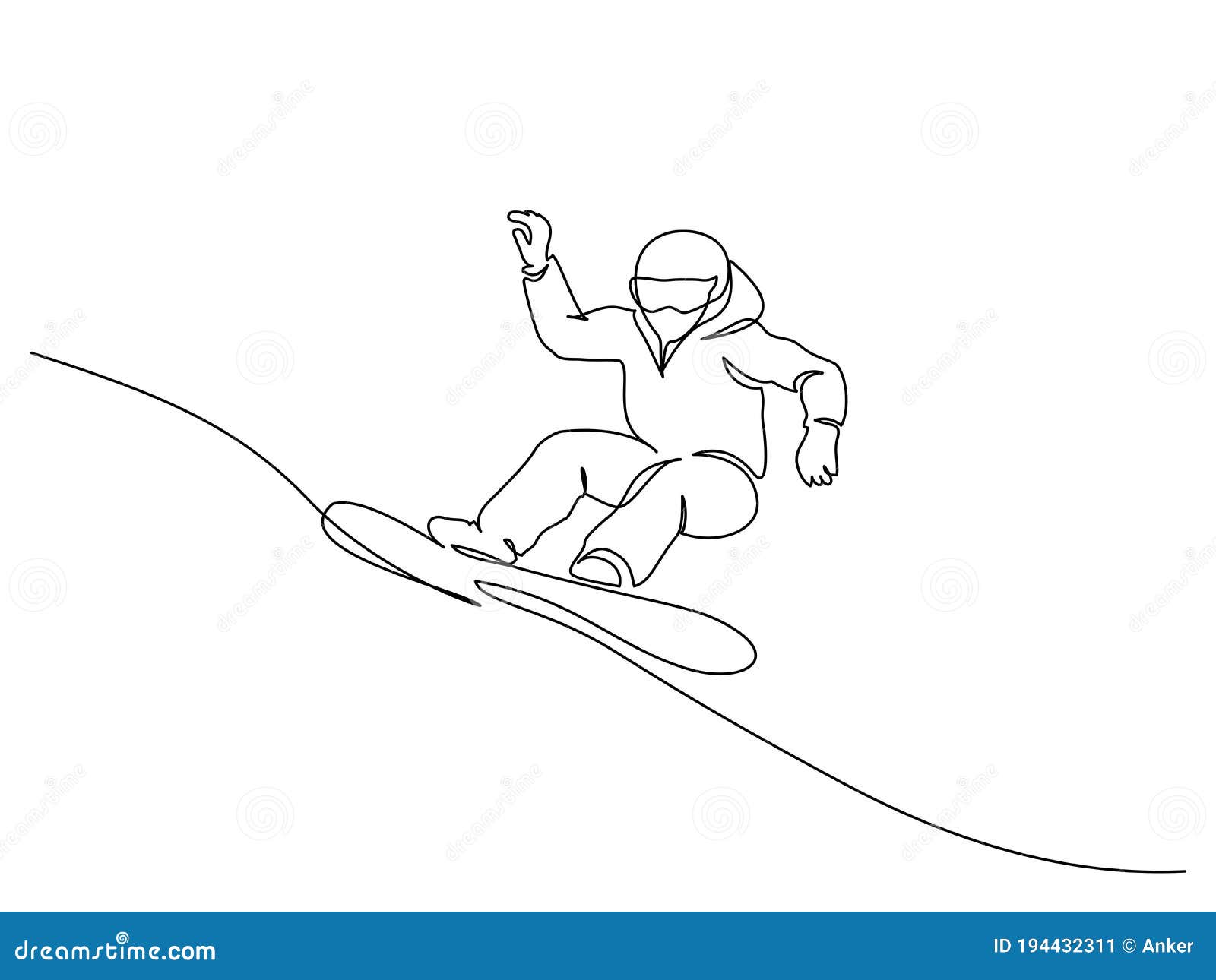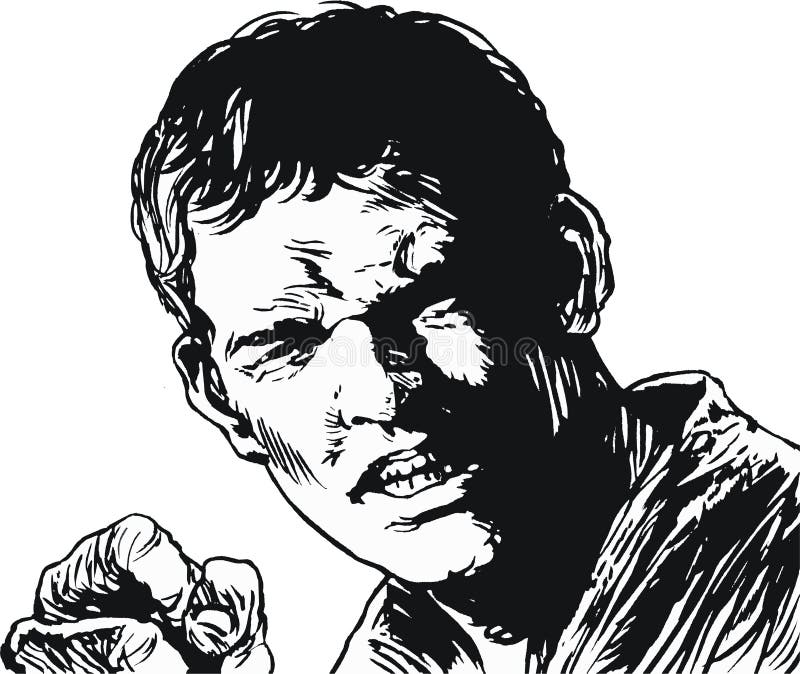

Frankfurt am Main and Munich: Schirn Kunsthalle Frankfurt, p. Augenblicke: Mumienporträts und ägyptische Grabkunst aus römischer Zeit: Eine Ausstellung der Schirn Kunsthalle Frankfurt, 30. Mumienporträts, Chronologie, und kultureller Kontext. Repertorio d'arte dell'Egitto Greco-Romano, Palermo: Fondazione Mormino, pp. L'oeil & l'éternité: portraits romains d'Egypte. Berger, Jacques-Edouard and René Creux 1977. Hibbard, Howard and The Metropolitan Museum of Art 1970. Porträts aus dem Wüstensand: die Mumienbildnisse aus der Oase Fayum. Rome: Istituto Italiano d'Arti Grafiche, pp. Catalogo della Mostra Archeologica nelle Terme di Diocleziano. "Græco–Egyptian Portraits." In The Metropolitan Museum of Art Bulletin, vol. Kami on Egyptian mummy portraits View more The use of light and shadow on various parts of the face and neck is very skilled. He has bushy black hair, large round eyes, tawny skin, and a thick beard that emphasizes his emaciated cheeks. This man's body is turned more directly toward the viewer. Although the panel shape and palette of this painting and 09.181.2 are very similar, differences in the hair and beards suggest that the portrait of the man with the mole (09.181.2) is about a generation earlier than the portrait here.

Many modern artists who paint in encaustic actually employ a heated tool to fuse paints, hence the term encaustic, which means "burnt in." Ancient painters probably did not use such a technique. Mummy portraits that show only brushstrokes, no hard tool marks, are thought to have been created with emulsified cold wax. The ancient writers appear to refer to this as "Punic wax." Emulsified wax paints are said to dry more slowly than molten wax paints, giving the painter greater control, and time to correct and adjust during the painting process. When used cold, the wax had to be made suitable for painting by a process called emulsification, in which alkalis were added that allowed the wax to be suspended in egg or oil. When the wax cooled, a hard tool was used to blend the various flesh tones of face and neck. The molten beeswax/ pigment mixture was laid on quickly with long even brushstrokes, employing a thinner mixture for the background and garments and thick creamy paste-like paints for the facial features. When used in molten state, the wax was either pure or supplemented with resin, glue, egg, gum, or oil. Then, a mixture of beeswax with powdered pigments was prepared. The first step in producing a mummy portrait was to sketch the outlines of face and garment on a wood panel that had been prepared with distemper, transparent glue, or dark wax. Therefore, many questions concerning the details of the techniques used by mummy-portrait painters remain open, although the work of a few scholars and modern artists who paint in encaustic has provided some insight. Ancient descriptions are difficult to interpret, and Egyptian mummy portraits-the only works in the medium surviving from antiquity-have not yet been analyzed extensively. The technique was first used by Greek painters of the fifth and fourth centuries B.C. The term encaustic designates painting in which beeswax is mixed with pigments.


 0 kommentar(er)
0 kommentar(er)
